Against all the odds, the BJP bettered it's 2014 record by winning over 300 seats in the 2019 Lok Sabha elections. The opposition parties, who ran a highly negative anti-Modi campaign, are in disarray. The mandate of the people for Modi and the BJP is for governance, transcending caste and creed, religions and ethnicities. It is a mandate for inclusive development and building a strong India.
How did the BJP achieve majority second time, a feat not repeated by any party since 1984? As Prime Minister Modi had remarked in one of his interviews during the election campaign, he had seen a pro-incumbency sentiment amongst the population, which the opposition had completely missed. The opposition had hoped that de-monetization, job, GST implementation issues, cow vigilantism, etc. would sink the BJP. This turned out to be a complete misreading of the situation.
Prime Minister Modi confidently showcased his record of governance and delivery in the past five years. The various welfare schemes (nearly 130 of them), ranging from Swachh Bharat to Mudra loan and Ayushman Bharat resonated with the poorer sections of the people. These very schemes were ridiculed and deprecated by his detractors. No doubt, PM Modi came under pressure on lynching, economy, farmers distress, jobs, etc., but he handled the situation remarkably well by building the narrative that massive government spending through its roads, housing, and infrastructure plans, as well as the Mudra loans, had created crores of jobs which the opposition was deliberately ignoring. The opposition missed the significance of gas cylinders and the impact of the toilet revolution. The population, not to be confused by data and statistics, gave thumbs up to the government's welfare schemes, many of which had reached the ground level. This was a big change from the record of opponents who were seen as talking tall but had a poor record of delivery.
Post-Pulwama terror attack and the Balakot air strikes, Prime Minister Modi brought the issue of national security and nationalism to the center stage of the election campaign. The opposition was not quite prepared to deal with this development. It started questioning the Balakot air-strikes and underestimated the resonance of nationalism with the masses. The opposition’s focus on Rafale deal boomeranged completely. Modi, in contrast, was seen as a strong, decisive, leader who could teach Pakistan a lesson or two.
The opposition never really came together. Despite the Mahagathbandan and the stray rallies here and there, the opposition looked disunited, unable to get over mutual bickering. It had no agenda except ‘Modi hatao’. It had no leader to project as Prime Minister. Its narrative had no vision, no purpose. Its focus was on the same old-caste equations and social engineering. In contrast, Modi campaign talked of how its numerous welfare schemes had already helped the poorer sections of the society, particularly the women and young voters.
PM Modi showed that he was walking the talk. His narrative was backed by a nearly flawless, energetic campaign, which stood in contrast with the lackluster, divided campaign of the opposition. BJP’s financial resources, Party president Amit Shah’s organizational skills, the dedication of the cadres, superior strategy, and relentless focus on overcoming the deficiencies contributed to the BJP’s victory. Amit Shah realised that Mahagathbandhan would pose a challenge and the BJP could lose some seats in Uttar Pradesh. Its strategy was to minimize the losses and makeup in West Bengal, Karnataka, Odisha, and the North East.
This election was also about the credibility of the leaders. The election campaign rhetoric touched a new low in Indian politics. Personal attacks became all too common. While the opposition banked on “Chowkidar Chor Hai” narratives to denigrate Modi, Modi, in turn, described the opposition alliances as “Mahamilavat.” In the end, the people accepted Modi as a sincere, decisive, and forward-looking leader and rejected the opposition.
Where does one go from here? Prime Minister Modi has spoken of “Vijayi Bharat” based on inclusivity. Uplifting the poor and raising India’s standing in the world would be his priority. The BJP would understandably relish and savour its hard-fought, well-deserved victory under difficult circumstances. However, it must realise that the victory belongs to Prime Minister Modi and his charisma. The hard work for realising ‘Vijayi Bharat’ begins now. To begin with, the party should show humility and magnanimity in victory to re-assure the vanquished.
During the election campaign, there has been a lot of debate on ‘polarization’ in the country. The debate has been continued in the media after the Prime Minister’s victory speech to the party workers. Several media channels picked-up an article in a foreign magazine, which described Modi as “divider-in-chief.” This was unnecessary. The BJP leaders should avoid indulging in triumphalism and behave with genuine humility in victory. The more enthusiastic and exuberant elements of the BJP, some of whom were castigated by Modi himself during the election campaign, should be restrained in their public utterances. The BJP ran a campaign on the principle of Sab Ka Saath Sab Ka Vikas. It remains to be seen whether elements of the minority population have been convinced. The BJP should devise a strategy which takes everyone onboard.
Many of the institutions of Indian democracy have come under scrutiny, not without reason. The Parliament has been frequently blocked in the last five years. The quality of democracy needs to be improved. Constitutional scheme of checks and balances must be strengthened. The role of money power in elections should be curtailed. The share of women in the electoral process must be enhanced. The fight against corruption must continue. Thorough electoral reforms are needed for this purpose.
On the foreign policy front, emerging challenges cannot be ignored. The turmoil in Afghanistan may increase. Pakistan will remain a security challenge. China-Pakistan collusion is deepening. US-Iran tensions will hurt India. The neighbourhood requires constant attention. Connectivity projects must be implemented in time. The ‘Act East Policy’ needs to be enriched with new content. The turmoil in West Asia can impact India’s security interests.
In the light of horrendous ISIS-inspired terror attacks in Sri Lanka recently, India cannot be oblivious to the threat of radicalization, extremism, and terrorism. Counter-terrorism system must be strengthened. Police reforms are long overdue. Initiatives taken in the last five years need to be followed through. Cross-border terrorism, alienation in Kashmir need to be addressed. Ways to prevent radicalization need to be devised.
Experts have identified many gaps in defence preparedness, procurement, and indigenization. Defence spending as a percentage of GDP needs to be increased. The ‘Make in India’ programme should be given a boost.
On the economic front, there are some issues requiring urgent attention. High oil prices would have an adversely impact on the economy. A durable long-term solution to farmers’ distress needs to be found. Agriculture sector needs urgent reform. The share of manufacturing in India’s GDP is declining. This must be arrested.
India’s share in global trade is low. Exports have remained flat. Imports are rising rapidly. The Free Trade Agreements India has signed so far have not helped in raising India’s export. India must carefully negotiate the ‘Regional Comprehensive Economic Partnership’ or the RCEP. The government needs to come up with workable strategies and roadmaps for doubling India’s exports.
Productivity of the Indian economy needs to be improved to make exports competitive. The Sagarmala initiative must be completed in time. Over the years, India’s share in global shipping, as well as shipbuilding, has plummeted. For India to emerge as a major power, it must upgrade its infrastructure and reduce the transaction cost for Indian producers, particularly the small and medium enterprises. Labour reforms are needed urgently. The eco-systems for start-ups must be strengthened.
New technologies are changing the nature of the workplace and job markets. New jobs need new competencies. Demographic dividend can turn into a demographic nightmare if the problems of youth are not attended to urgently. To meet these challenges, India must invest in education, training, and skills. Education sector requires a complete overhaul. Indian values must find a place in the educational curricula. India must become a hub of innovation for technology. The R&D expenditure as a percentage of GDP must be doubled in quick time. The link between R&D, government, and industry must be strengthened.
Environment and ecology have not received adequate attention that they deserve. Most Indian cities and rivers are polluted. The ground-water level is plummeting due to unsustainable use. Lakes and wetland are drying up at an alarming rate. Air and water pollution is affecting citizens’ health. This has serious consequences for the economy and society. These problems must be addressed on a war footing. Suitable programmes to revive the wetlands will not only create jobs but also provide benefit to society and the economy. Food, energy, and water security must be on the priority list of the new government.
Modi 2.0 will be more secure and confident. A healthy dialogue with the opposition, and between the Center and the States will help evolve inclusive and durable policies. The next five years should be spent in consolidation, finishing the unfinished agenda, and devising new strategies for ‘New India’.
Expectations from Mr. Modi in his second term will be very high. He has spoken about “aspirational India.” Mr. Modi now has the necessary mandate to fulfill the aspirations of the citizens.
Image Source: https://in.reuters.com/article/india-election/modi-stuns-opposition-with-huge-election-win-idINKCN1SS2WA

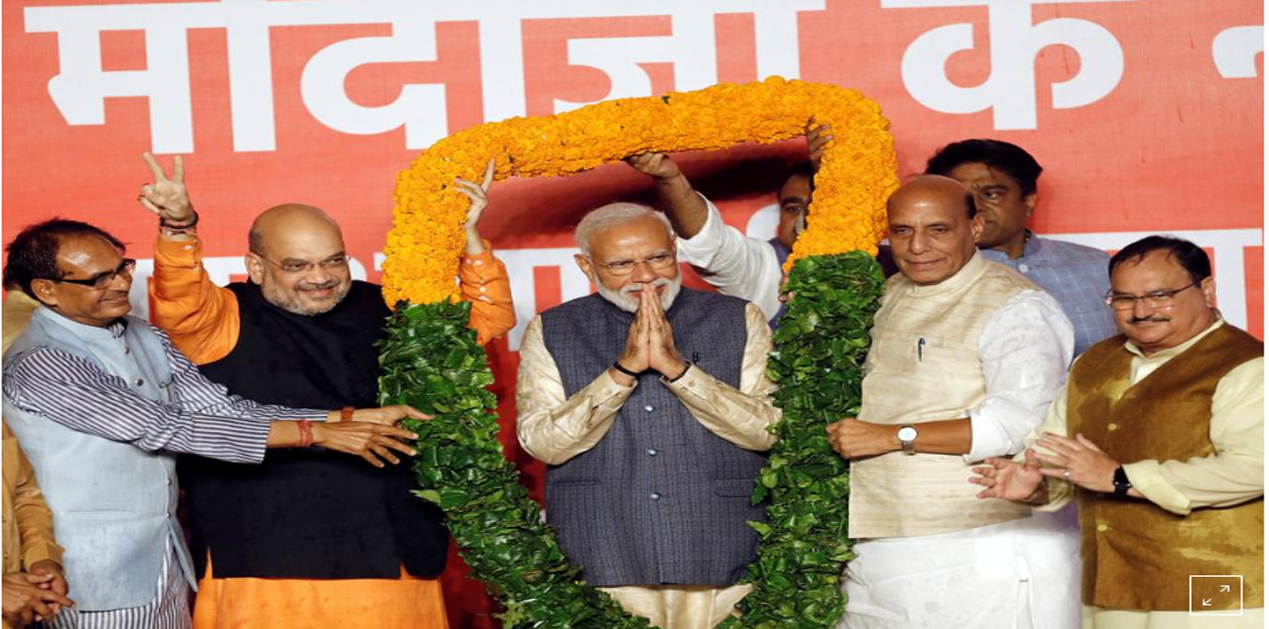
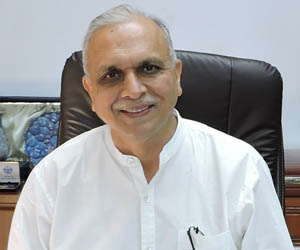

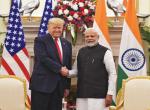
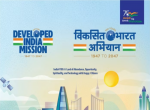
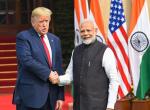

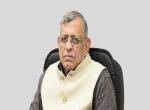


Post new comment